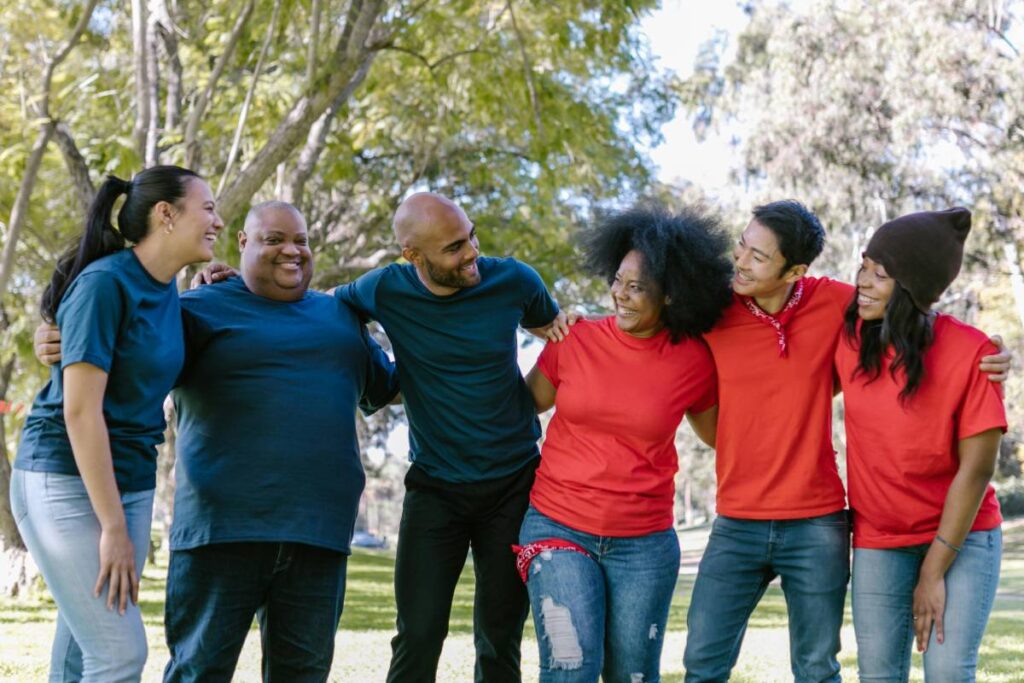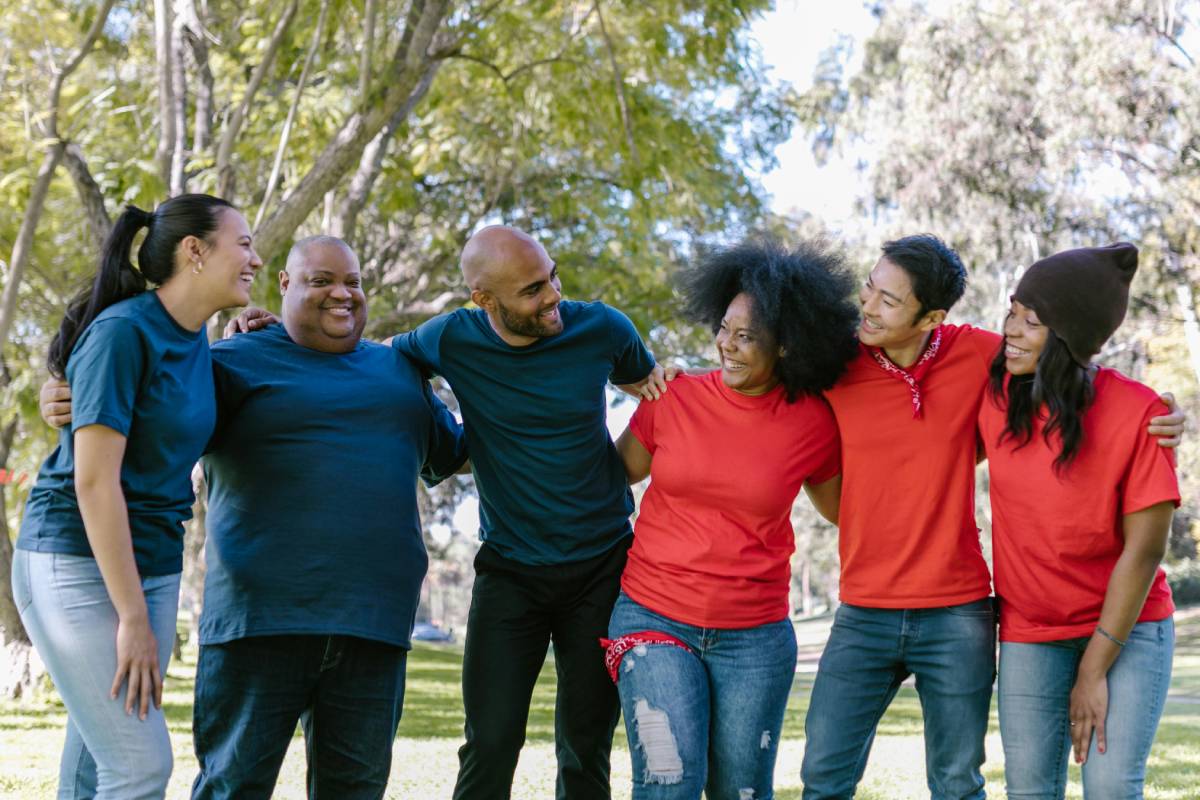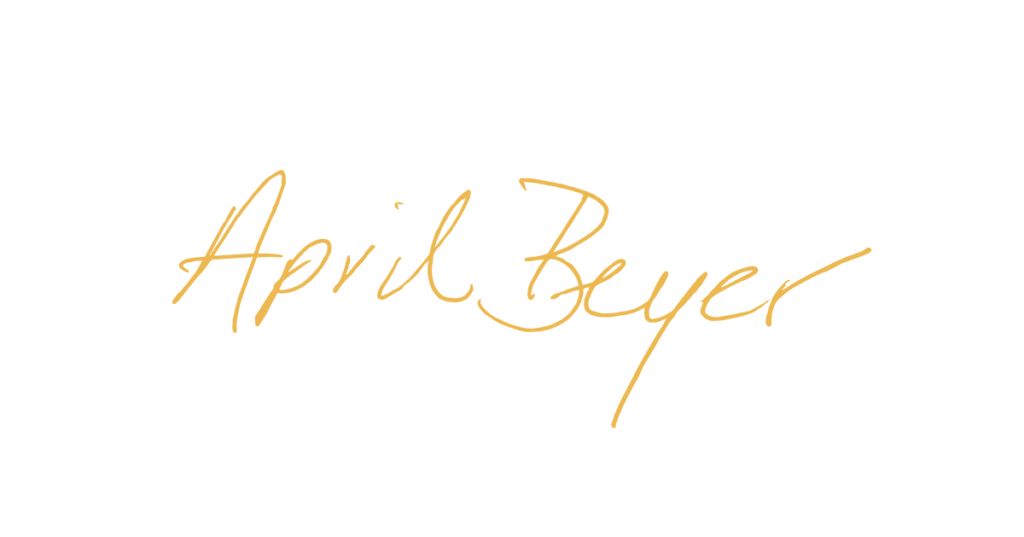I have witnessed countless teams struggle to move beyond surface-level cooperation into genuine collaboration. Sometimes, the individuals on these teams have impressive credentials and strong motivation. Yet despite those advantages, they still operate like separate islands that rarely exchange resources or ideas. In my years of coaching and consulting, I have observed that one key factor distinguishes truly high-performing teams from the rest: relatability.
Relatability is the quality that allows people to see one another as fellow humans, not just coworkers or puzzle pieces in a larger system. It allows us to identify shared values, understand differences, and ultimately build a sense of cohesion that fuels collaboration. For female leaders, cultivating this sense of relatability can be especially transformative. It helps break down barriers and replace impersonal, transactional relationships with meaningful, trust-based connections.
In our quest for efficiency and results, it is easy to forget how vital genuine connection can be. Many organizations rely on mandates or directives to drive performance, but that approach only works up to a point. At some stage, teams need something deeper to truly align. That something is a sense of belonging and emotional investment in the shared mission. Relatability paves the way for this investment. It shows each individual that they matter as a person, not just as a producer of tasks or results.
In this article, I will explore how relatability influences team dynamics and why it is so essential for building high-performing teams. We will delve into scientific insights, real-world examples, and practical strategies that female leaders can use to foster collaboration. My hope is that you will walk away not only inspired to create more meaningful connections but also equipped with the tools to do so in your unique workplace context.
The Science of Relatability in Team Dynamics
Relatability might sound like a “soft” concept, but there is plenty of science behind its impact on team performance. Our brains are wired to respond positively when we sense authentic connections with others. Neurochemicals such as oxytocin, sometimes referred to as the “bonding hormone,” are released when we experience positive social interactions. This creates a sense of safety, openness, and trust. When people feel safe and understood, they are more likely to take risks, share opinions, and brainstorm creative solutions. In a work environment, those behaviors are the building blocks of innovation.
How Relatability Affects Team Chemistry and Communication
Consider what happens when you realize you share a hobby, hometown, or an unusual life experience with someone at work. That shared point of reference can turn a polite acquaintance into a genuine colleague. Suddenly, you feel more at ease, conversations flow more naturally, and you are more inclined to help each other out. That spark of recognition is relatability in action. It transforms a standard professional relationship into a partnership rooted in understanding.
This dynamic is magnified in teams. When two or three people find something in common, it usually spreads. The rest of the group sees that authentic connections are welcome and valued. As more individuals open up, lines of communication become smoother, and trust builds organically. This does not mean everyone becomes best friends. It simply means that empathy and a willingness to understand others become part of the team’s social fabric.
Neuroscience Behind Human Connection and Collaboration
From a neurological standpoint, feeling connected to others lowers the sense of threat that often accompanies high-pressure work environments. Our fight-or-flight response, centered in the amygdala, quiets down when we sense that we are in a cooperative rather than adversarial environment. This allows our prefrontal cortex, the part of the brain responsible for complex thinking and creativity, to function more effectively.
As a result, teams that consciously prioritize human connection often notice a surge in problem-solving abilities. There is less mental energy spent on scanning for social threats or hidden agendas. That freed capacity can be channeled into analyzing data, generating innovative ideas, or coordinating projects more effectively. For female leaders, recognizing these advantages is especially useful. We can use our strengths in interpersonal awareness to create environments where our teams are not only productive but also energized and enthusiastic about their work.
Relatability in Action: Building Trust Within Teams
Trust is the cornerstone of any successful team. You can have a group of brilliant individuals, but if trust is absent, collaboration remains shallow. Relatability is one of the most effective ways to establish and deepen trust. By helping people see each other as multi-dimensional, relatability bypasses the transactional approach to work that leaves everyone feeling isolated.
Creating Psychological Safety as a Foundation for Collaboration
Psychological safety refers to the shared belief that a team is safe for interpersonal risk-taking. If people fear ridicule, punishment, or backlash for speaking up, they quickly learn to keep their ideas to themselves. A culture of silence or guarded communication undermines productivity.
One way to foster psychological safety is to demonstrate relatability from a leadership standpoint. Show that you respect and value the viewpoints of those around you. Ask open-ended questions and follow up with active listening. When a team member shares a concern, address it openly and empathize before jumping into solutions. Over time, people learn that bringing issues to the surface is not only acceptable but encouraged. That attitude shift makes all the difference between a stagnant team and a creative, collaborative one.
Stories of Female Leaders Who Used Relatability to Unite Their Teams
I remember working with a female executive who managed a geographically dispersed marketing department. Team members rarely interacted face-to-face, so they struggled to see one another as anything more than names on an email thread. Recognizing this, the executive introduced a brief “personal check-in” at the start of each weekly call. Individuals would share one personal highlight from the week, whether it was a child’s achievement, a new exercise routine, or even a favorite new recipe. These brief glimpses into each other’s lives started building real connections.
Within a couple of months, meetings became more engaging. People asked follow-up questions about each other’s weekend activities and referenced previous stories. That growing sense of familiarity made everyone more open to sharing project obstacles and creative ideas. The leader had successfully used a simple relatability strategy to unite a scattered team and boost overall morale and performance.
Another leader I coached recognized that her direct reports were struggling to connect because of varying communication styles. She invited each person to discuss a personal challenge they had faced early in their careers. The vulnerability shared during those conversations helped team members find respect for one another’s journeys. As a result, conflicts decreased, and collaboration increased significantly. By recognizing the power of relatability, she turned isolated individuals into a cohesive unit that performed better than ever before.
Practical Steps to Foster Collaboration Through Relatability
Making a team more relatable does not require massive overhauls of organizational structures. In fact, it often comes down to consistent small steps that encourage connection and mutual understanding. The following tactics can be integrated into your everyday leadership practices.
Hosting Team-Building Activities That Focus on Shared Experiences
Team-building activities have been around for a while, but they can feel forced or irrelevant if done poorly. Instead of planning elaborate games that do not resonate with your team, think about what genuinely sparks human connection. For instance, you could organize a short weekly session where team members share their favorite podcast or movie of the month. This not only gets people talking about non-work subjects, but also reveals common interests. Alternatively, set up volunteer opportunities for a cause that aligns with your organization’s values. Working together for a shared purpose can strengthen bonds and enhance each individual’s feeling of connection.
Using Empathy to Understand Diverse Team Perspectives
The modern workforce is more diverse than ever, which offers a rich opportunity for creativity but also the potential for misunderstandings. Empathy is your secret weapon here. When you sense friction between team members, do not rush to choose sides. Instead, encourage each person to articulate their perspective and thought process. Ask probing questions like, “What led you to that conclusion?” and “How did your experiences shape that view?” By demonstrating genuine curiosity, you create space for better understanding, even when viewpoints differ significantly.
Remember that empathy does not always mean agreement. It means doing your best to understand how someone else sees the world. This act of understanding alone can diffuse tension and open the door to compromise, collaboration, or a fresh perspective that benefits the entire team.
Leading by Example: Sharing Personal Experiences to Inspire Openness
If you want your team to be vulnerable or open, you have to model that behavior. This can be as simple as mentioning a challenge you faced earlier in your career. Perhaps you struggled with public speaking or learned a big lesson from a failed project. By sharing the insights gained from that experience, you show the team that growth and improvement are part of every professional journey.
Leaders often feel pressured to project confidence at all times. While it is important to be decisive, showing occasional vulnerability does not diminish your authority. It enhances it by making you more approachable and relatable. People respond more positively to a leader who they perceive as human, and human stories are the quickest route to building deeper connections.

Turning Connection into Innovation
High-performing teams do more than operate smoothly; they also push the boundaries of what is possible. Innovation requires a willingness to ask questions, experiment, and share half-baked ideas without fear of judgment. Relatability fuels this behavior, because it creates the trust that is necessary for people to venture beyond the safe and familiar.
How Relatable Leadership Encourages Risk-Taking and Idea-Sharing
Many organizations talk about “failing fast” and “bold thinking,” but the reality is that most employees hesitate to voice unconventional ideas if they fear being shot down or ridiculed. Relatable leadership changes that dynamic. When a leader actively demonstrates genuine interest in team members’ opinions, no matter how offbeat they may seem, it sends a powerful message that creativity is valued. Team members who feel their leader respects their input tend to be more adventurous in their thinking.
In practice, this might look like dedicating a portion of team meetings to “idea labs,” where no suggestion is too small or strange to be heard. Leaders can foster an environment of curiosity by asking questions like, “What would we do if we had unlimited resources?” or “Which outdated assumptions should we challenge?” These prompts invite outside-the-box thinking. Because the team knows their leader values honesty and exploration, they are more likely to contribute enthusiastically.
Examples of Teams That Achieved Breakthrough Results Through Collaboration
I recall a product development team struggling to differentiate their new service in a crowded market. The team felt hesitant to bring up certain ideas, given past experiences where unconventional suggestions were met with resistance. A new department head encouraged a more relatable atmosphere by telling stories of her own experimental failures and successes. She acknowledged that not all new concepts work out, but that many successes start as a spark of an idea.
Emboldened by her approach, the team began to brainstorm possibilities they had previously dismissed as too risky. Ultimately, they came up with a unique feature that quickly became the service’s best selling point. The company leadership credited that breakthrough to the department head’s relatable style, which made it safe for everyone to pitch creative solutions without fear of embarrassment.
Overcoming Relational Barriers in Teams
It would be misleading to say that relatability eliminates all conflict or misunderstanding. However, it does provide a healthier framework to address those issues. When people already have a baseline of connection, they are less likely to assume malicious intent or resort to personal attacks.
Addressing Conflict with Empathy and Relatability
When tensions arise, encourage each party to talk about what is driving their concerns. Ask them to describe the situation from their viewpoint and how it makes them feel. This approach can be disarming, because it shifts the focus from placing blame to sharing experiences. Team members are more inclined to acknowledge the validity of one another’s emotions when they have already established some degree of empathy and respect.
If you sense that the conversation is circling without resolution, consider stepping in as a leader who can facilitate a more structured process. Guide each person to outline their needs and propose solutions. Then help them find common ground. This structured conversation is far more productive if the participants trust each other’s intentions and have practiced relating at a human level, not just a functional one.
Tools for Bridging Gaps Between Team Members with Different Working Styles
Another source of relational barriers is the natural difference in working styles. Some people prefer detailed planning, while others thrive on quick brainstorming sessions. These variations are not inherently problematic, but they can create friction if not addressed openly.
One way to overcome these barriers is to identify and discuss working-style preferences early. People often assume their preferred approach is the norm, so it can be illuminating for team members to discover that others approach tasks differently. Encourage them to have open discussions about how they like to communicate, meet deadlines, and collaborate. That awareness can lead to more harmonious coordination and fewer misunderstandings.
Sustaining High Performance Through Connection
Once a team experiences the benefits of relatability, they often want to sustain that level of performance and camaraderie. But day-to-day tasks, new projects, and shifting priorities can distract from what made the team strong in the first place. It is important for leaders to keep connection-building on the agenda.
Celebrating Wins Together to Reinforce Team Unity
Recognition plays a significant role in maintaining a connected team. Regularly highlight both individual and collective achievements. This could be as simple as a quick segment during a weekly team meeting or a detailed highlight in a company newsletter. Acknowledging wins serves two purposes: it boosts morale, and it reminds everyone that they are working toward a shared mission, not just their own goals.
When possible, tie the success back to specific collaborative efforts. For example, you might say, “We excelled in this client presentation because of Lisa’s innovative pitch deck and Roberto’s timely data analysis.” This approach underscores the idea that it took multiple talents and perspectives to achieve the goal. By showing how collaboration leads to success, you reinforce the team’s motivation to stay connected.
Keeping Lines of Communication Open and Adaptable
Teams evolve over time. Some members move on to other positions, new hires join, and projects shift focus. If communication channels are rigid or outdated, teams risk drifting apart. Leaders should adapt communication methods to fit the current reality. Maybe you need more asynchronous updates because your team is scattered across different time zones. Maybe you switch to brief daily stand-ups when you are in the middle of a launch, then scale back to weekly once the intensity subsides.
The key is to remain flexible and consistently revisit the question, “Are we connecting effectively right now?” Even a high-performing team can fall into a rut if its communication style never changes. Encourage feedback on meeting frequency, agenda topics, and collaboration tools. This iterative approach shows that you genuinely care about maintaining a healthy, relatable work environment.
Conclusion: Relatability as a Catalyst for Team Success
Relatability is a powerful yet often overlooked element of team-building. In a world focused on metrics, deliverables, and efficiency, it might seem counterintuitive to invest in something as intangible as a connection. Yet research and real-world experiences continue to show that teams with strong relational bonds outperform those that lack them. High-performing teams do not just cooperate; they collaborate in ways that spark innovation, deepen trust, and create meaningful professional relationships.
For female leaders, relatability can also serve as a strategic advantage in balancing empathy with authority. It allows you to be seen as both approachable and decisive. People want to work for leaders who respect them, value their contributions, and acknowledge their humanity.
The journey from connection to collaboration is not a one-time event. It is a process of continuously refining how you communicate, share experiences, and encourage openness. Whether through structured team-building activities or spontaneous conversations around shared interests, every small step counts. Ultimately, the strongest teams are those in which each member feels understood and seen, where psychological safety is maintained, and where creative risks are welcomed rather than feared.
Are you ready to transform your leadership approach? Take my Relatability Assessment and discover how to connect more meaningfully with your audience.























